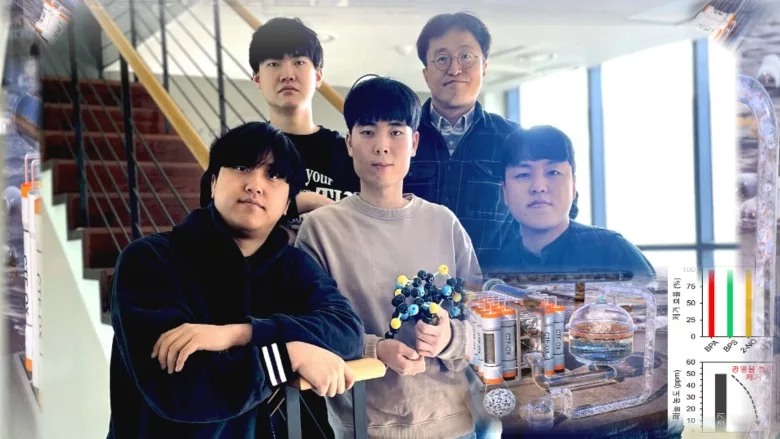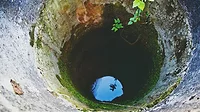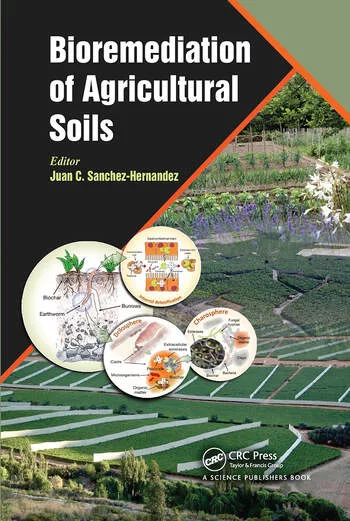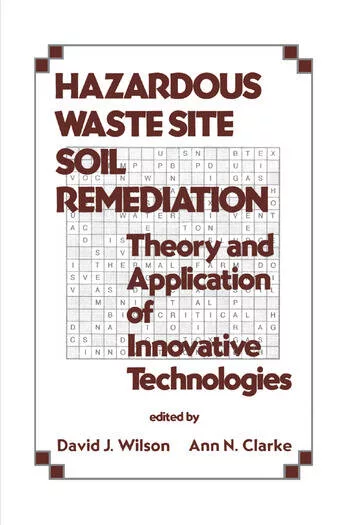Eco-friendly membrane removes VOCs, microplastics
Polymer capable of ultra-fast adsorption and removal of phenolic microplastics and VOC contaminants in water.

Daegu Gyeongbuk Institute of Science and Technology (DGIST) Professor Park Chi-Young's team successfully developed an 'atypical porous polymer material' that can completely remove phenolic organic contaminants in water at ultra-high speeds. The porous material developed this time can efficiently remove not only microplastics in the water but also very small-sized VOCs based on photothermal effect. At the same time, it is expected to be utilized as a high-efficiency adsorption material that can be commercialized in the future as it has cost competitiveness based on raw materials and enables solar-based water purification process.
Water pollution caused by the rapid development of the chemical industry is a representative problem in environmental pollution. Various water purification technologies and materials have been developed to solve this problem. Carbon-based porous materials using existing adsorption mechanisms have limitations in that the adsorption rate is slow and high thermal energy is required for recycling. Various materials have been developed to improve contaminant removal efficiency, but it has been difficult to develop materials that simultaneously satisfy excellent recyclability, high efficiency, economic efficiency of raw materials, and industrialization potential.
DGIST Department of Energy Science and Engineering Professor Park Chi-Young's team succeeded in synthesizing a porous polymer with excellent adsorption performance and photothermal properties by reacting an inexpensive and effective precursor. Also, an additional oxidation reaction was experimented on the polymer, and based on the results, a hydrophilic functional group was introduced to enable fast adsorption of micro-pollutants in the aquatic environment.
Furthermore, it was confirmed through experiments that the polymer developed by the research team does not require high thermal energy for recycling and can be used multiple times without loss of performance. The research team produced a water treatment membrane capable of evaporating water using solar energy as a driving force through the developed polymer’s ability to absorb light broadly and convert the absorbed light into heat. As a result, it was confirmed that the water treatment membrane coated with the oxidized polymer could purify phenolic contaminants through sunlight.
DGIST Department of Energy Science and Engineering Professor Park Chi-Young said, “The technology we developed here is an unrivaled water purification technology with the world’s highest purification efficiency, removing more than 99.9% of phenolic microplastics and VOC contaminants in water at ultra-high speeds. We expected that it will be a universal technology with high economic efficiency that can purify contaminated water and supply drinking water even in areas where there is no power supply.”
Meanwhile, this research was conducted with the support from the National Research Foundation of Korea's Leading Researcher Support Project and Nano and Material Technology Development Project, and Cho Wan-soo from the DGIST Department of Energy Science and Engineering, Choi Gyeong-hyeon in the master-doctoral combined program, and Lee Dong-joon in the master's program participated as the lead authors. The research results were selected and published as the cover paper for the 50th edition of ‘Advanced Materials,’ the most prestigious academic journal in the field of materials in 2022.
Research Paper on Advanced Materials
Journal Reference: Wansu Cho, Dongjun Lee, Gyeonghyeon Choi, Jihyo Kim, Acquah Ebenezer Kojo, and Chiyoung Park, Supramolecular Engineering of Amorphous Porous Polymers for Rapid Adsorption of Micropollutants and Solar-Powered Volatile Organic Compounds Management, online published on Sep, 2022.

.webp?height=200&t=1720617285&width=200)



